As Ohio’s fourth largest city, Toledo is a thriving cultural destination with numerous museums that illuminate its rich history, appreciate global arts, and spark curiosity through interactive exhibits. Toledo’s diverse range of museums offers visitors authentic experiences that educate, inspire, and entertain.
With its location on Lake Erie and the Maumee River, Toledo has long been an important commercial shipping hub. Several local museums dive into this identity by showcasing transportation achievements, daily life, and industries like glassmaking that fueled Toledo’s growth since the 19th century. Other museums celebrate different ethnic communities, art movements, and cultural traditions that have shaped the city’s fabric.
| Museum Name | History & Significance | Visitor Information |
|---|---|---|
| Toledo Museum of Art | Established in 1901, renowned for its diverse collection and glass art. | Free entry, special exhibits may have a fee. |
| National Museum of the Great Lakes | Highlights the ecological and historical importance of the Great Lakes. | Guided tours are available, check for opening hours. |
| Fort Meigs Museum | Free entry, and special exhibits may have a fee. | Open seasonally, admission fee applies. |
| Toledo History Museum | Traces the development of Toledo, emphasizing local industries like glass. | Located in Old West End, has varying hours. |
| Toledo Firefighters Museum | Celebrates firefighting history with a collection dating back to the 1830s. | Free admission, open on limited days. |
| Wolcott House Museum Complex | Preserves early Toledo buildings, offers insight into pioneer life. | Admission fee includes mansion and museum access. |
| Birmingham Ethnographic Museum | Houses cultural artifacts, representing global ethnic groups. | Located at the University of Toledo, open to the public. |
| Toledo Polish Genealogical Society Museum | Focuses on Toledo’s Polish community and heritage. | Offers resources for Polish-American genealogy research. |
| Rutherford B. Hayes Presidential Library & Museums | Dedicated to the 19th U.S. President, includes his personal estate. | Admission fee, includes mansion and museum access. |
| Imagination Station | Interactive science center aimed at children’s education. | Ticketed entry, features hands-on exhibits. |
| Toledo Lucas County Public Library Local History Collection | Contains extensive archives on regional history. | Free access, ideal for research and history enthusiasts. |
| Toledo Botanical Garden Glass Museum | Highlights Toledo’s glassmaking legacy with art and demonstrations. | Free admission, special events may have fees. |
Visitors can admire an expansive collection of art masterpieces from ancient to modern times. Kids and families can enjoy stimulating hands-on science exhibits and activities. Researchers can access archives and artifacts that bring local heritage to life. Toledo’s plentiful museums truly offer something to pique the curiosity of all.
This article shines a spotlight on 12 standout museums to enrich your understanding and appreciation of Toledo’s culture, creativity, and regional significance. From delving into the past at historic sites and house museums to interacting with scientific concepts or admiring artistic beauty, Toledo’s museums create inspiring and illuminating experiences well worth your time.
Toledo Museum of Art
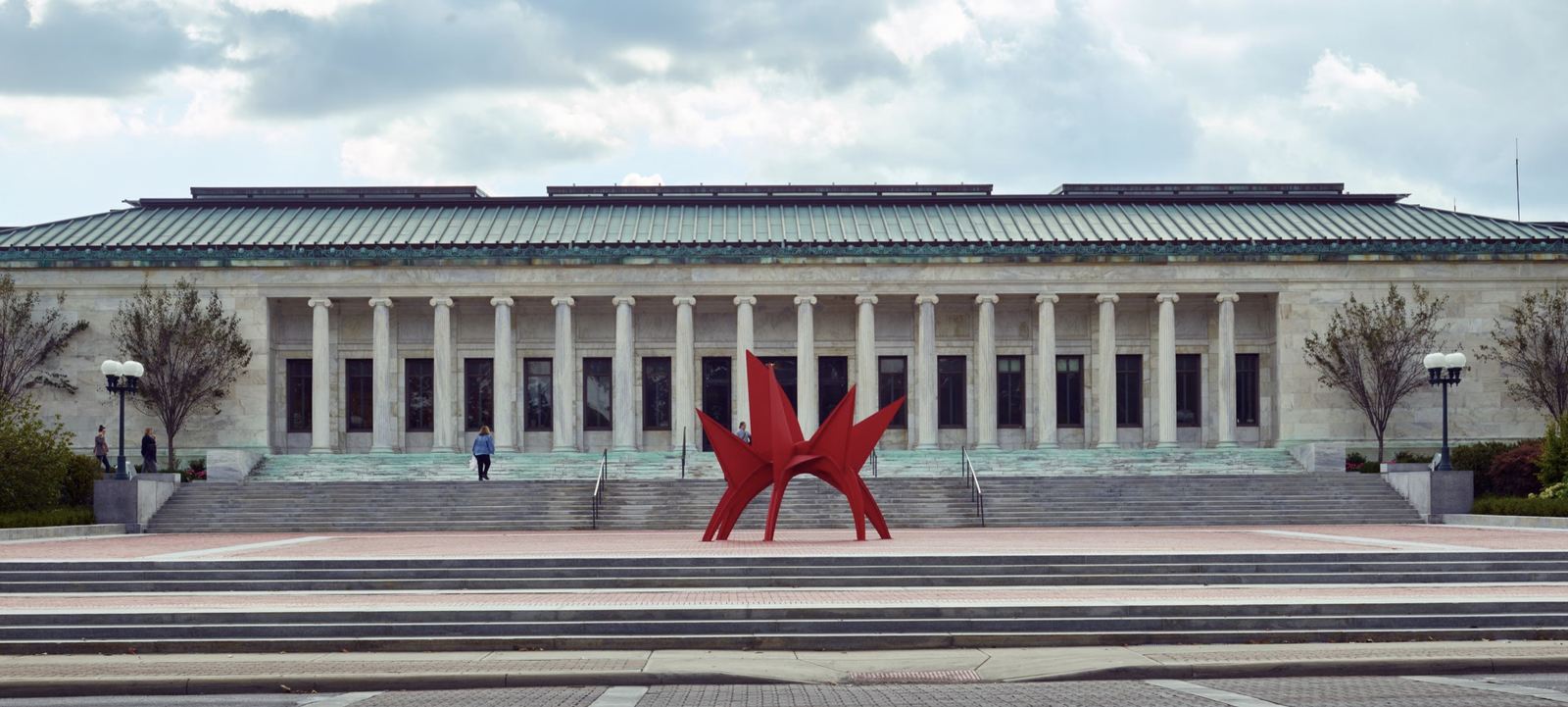
Name and Location: Toledo Museum of Art, 2445 Monroe Street, Toledo, OH
History and Significance: Founded in 1901, the Toledo Museum of Art is one of Ohio’s oldest and most renowned art museums. Its founders wanted to provide access to world-class art for Toledo residents. Today it holds over 30,000 objects spanning 5,000 years and is renowned for its glass and Renaissance collections.
Collections and Exhibits: The museum’s diverse collections include ancient Greek, Roman, and Egyptian art, paintings by old masters like El Greco and Rembrandt, 19th/20th century European and American art by Monet, Renoir and other Impressionists, abstract art by Kandinsky and Calder, decorative art like tapestries and furniture, and one of the world’s finest glass collections.
Visitor Information: Open Tuesday-Sunday, free general admission. Offers free guided tours, glassblowing demonstrations, Art Library, family center, and Museum Cafe.
The Toledo Museum of Art is one of the city’s foremost cultural institutions. Founded in 1901, it has an extensive collection of over 30,000 objects spanning 5,000 years of artistic achievement across the globe. The museum’s collection is especially rich in 19th and 20th-century European and American art, including impressive holdings of glass art and ceramics.
Some of the highlights at the Toledo Museum of Art include paintings by masters like El Greco, Rubens, Monet, Van Gogh, and Kandinsky. The glass pavilion features iconic works by Tiffany and Gallé, as well as contemporary glass art. Other galleries are dedicated to Greek, Roman, and medieval art. Visitors can take a free guided tour to learn more about the museum’s world-renowned collection. Special exhibitions are also regularly hosted.
In addition to the permanent collection galleries, the museum complex features a scenic 1-acre garden, glassblowing demonstrations, and an interactive family center. Dining options include the Museum Cafe and a gourmet restaurant. The Toledo Museum of Art is open Tuesday- Sunday and offers free admission, making it a can’t-miss attraction when visiting the city.
National Museum of the Great Lakes

Name and Location: National Museum of the Great Lakes, 1701 Front Street, Toledo, OH
History and Significance: Opened in 2016, this Smithsonian Affiliate museum explores the history of transportation, industry, and life on the Great Lakes. It has over 100,000 artifacts and interactive exhibits.
Collections and Exhibits: Exhibits cover shipwrecks, lighthouses, sailing, fishing, shipbuilding, shipping routes, boating culture, and the science of the lakes. Highlights include hundreds of ship models, the Col. James M. Schoonmaker freighter, nautical audio recordings, and design simulation activities.
Visitor Information: Open year-round except major holidays. Admission fee. Also houses the Great Lakes Historical Society’s research library.
Located on Toledo’s waterfront, the National Museum of the Great Lakes immerses visitors in the rich maritime history of the Great Lakes region. The museum covers the lakes’ key role in transportation, industry, and everyday life. Exhibits explore various topics like sailing, shipwrecks, lighthouses, fishing, and more through over 100,000 artifacts and interactive displays.
One of the highlights is the museum’s collection of model ships, which depicts vessels that cruised the Great Lakes over the centuries. Visitors can also climb aboard the Col. James M. Schoonmaker, a massive 600-foot steamship docked right next to the museum.
Other exhibits let you listen to nautical audio recordings, design your own ship, and observe present-day activity on the Maumee River. The National Museum of the Great Lakes is open year-round except major holidays, making it an engaging option for families and individuals intrigued by Great Lakes lore.
Fort Meigs Museum

Name and Location: Fort Meigs Museum, 29100 West River Road, Perrysburg, OH
History and Significance: Fort Meigs was a key fortification during the War of 1812, with two battles fought here in 1813. The museum shares this history and Toledo’s origin story through the fort’s story.
Collections and Exhibits: Exhibits include earthworks from the original fort, period artifacts like weaponry, and Native American tools. Guided tours, costumed reenactors, films, and a battlefield trail bring the history to life.
Visitor Information: Open Memorial Day to Labor Day. Modest admission fee. Also hosts special 1812-era encampment events.
Fort Meigs was a crucial fortification for the United States during the War of 1812. Today, the Fort Meigs Museum shares the history of this formative conflict and Toledo’s origin story. The fort was the site of two battles where American forces defended against British and Native American troops. Exhibits at the museum recreate the scenes of war through vivid artwork and displays.
Visitors can take a guided tour of the remaining earthworks of the original fort. Costumed interpreters demonstrate musket firing and provide immersive experiences into what fort life was like.
The museum also features Native American artifacts, period weaponry, and a special exhibit on the role of the Ohio militia. Guests can watch films about the War of 1812 and Ohio history in the theater. With its beautiful location along the banks of the Maumee River, Fort Meigs is an ideal outing for history enthusiasts.
Toledo History Museum
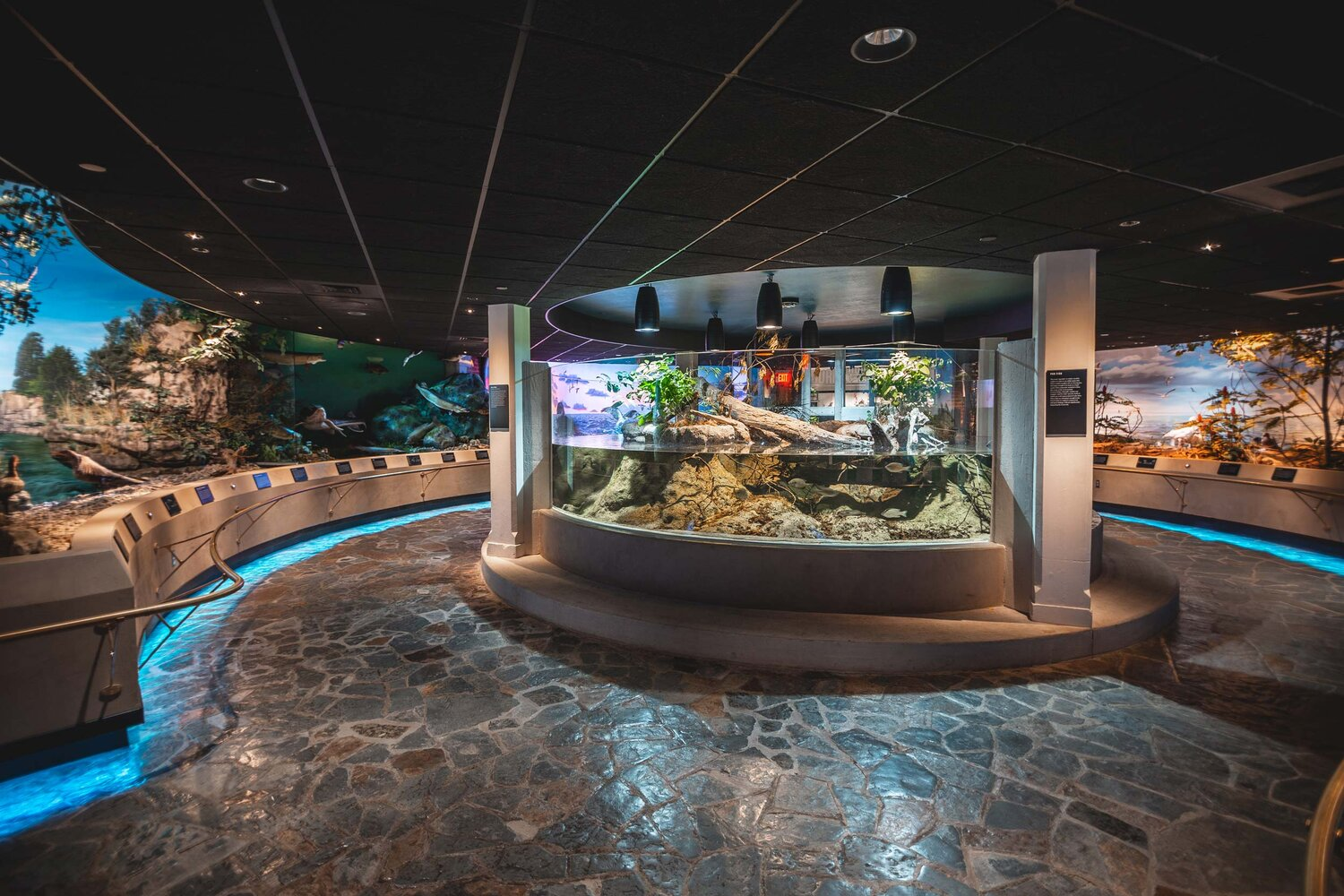
Name and Location: Toledo History Museum, 319 N St Clair St, Toledo, OH
History and Significance: Located in the historic Toledo Post Office building, the museum presents exhibitions and artifacts related to Toledo’s past since its founding in 1833.
Collections and Exhibits: Highlights Toledo industries like Jeep and Libbey Glass, showcases famous residents like Jamie Farr, and contains photographs, documents, and objects conveying local history.
Visitor Information: Free admission. Open Wednesday-Saturday. Research library also available.
As its name suggests, the Toledo History Museum immerses visitors in the origins and development of this Ohio city. Located within the former Toledo Post Office building, the museum features both permanent and temporary exhibits related to Toledo’s past. You can learn about early Native American life in the region, Toledo’s founding in 1833, and its emergence as an important industrial hub.
Notable exhibits look at famous Toledo natives such as Jamie Farr, music legends the Maddox Brothers and Rose, and influential glass artist Harvey Littleton. Other galleries cover topics like the Toledo Fire Department, local pottery companies, and commercial shipping on the canals and railroads.
The museum also houses a research library with archival photos, documents, and city directories dating back to the 1800s. For those curious about Toledo’s storied past, the Toledo History Museum is a prime destination. Admission is free.
Toledo Firefighters Museum
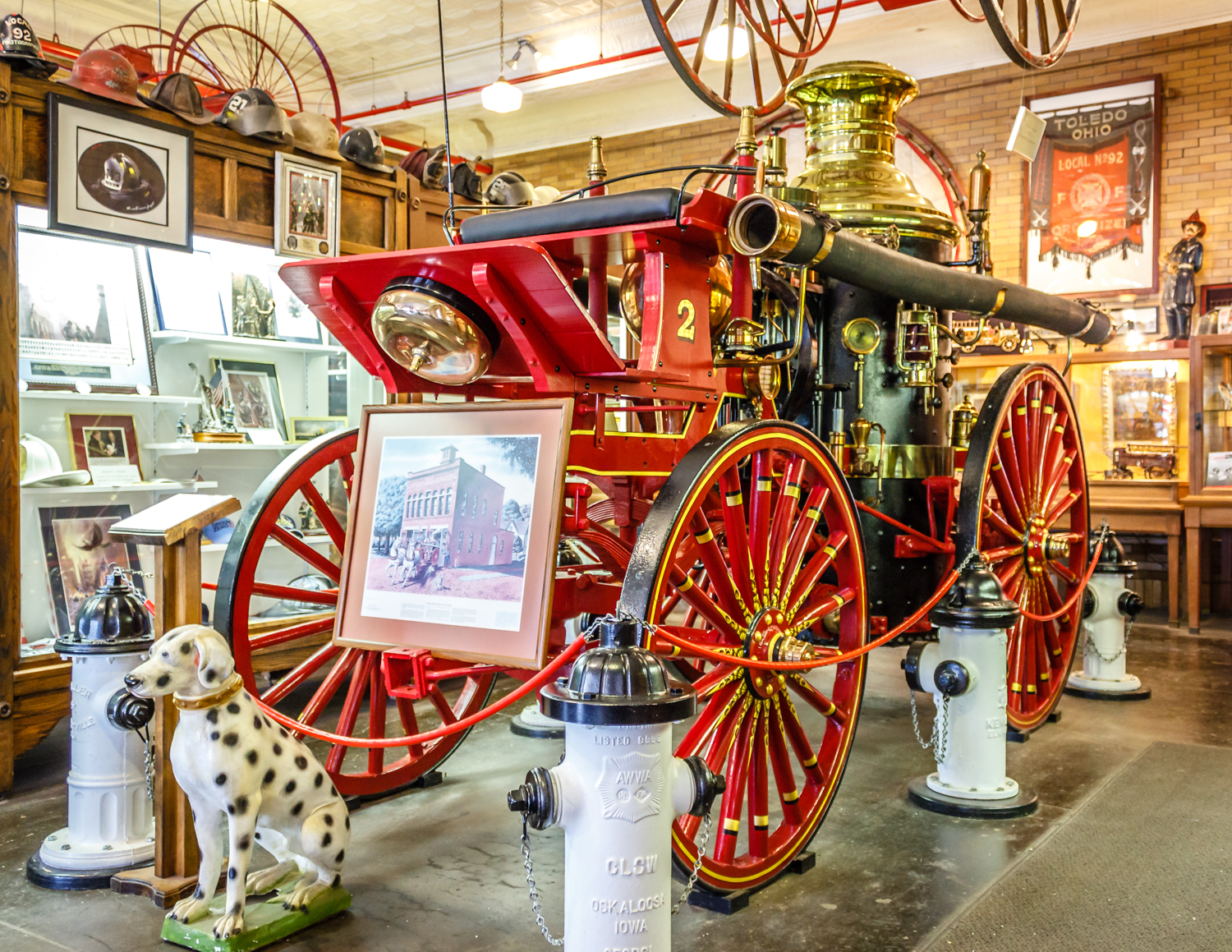
Name and Location: Toledo Firefighters Museum, 918 Sylvania Ave, Toledo, OH
History and Significance: Located within an active fire station, the museum documents the history of firefighting in Toledo since the 1860s.
Collections and Exhibits: Features historic fire engines, pumpers, and equipment dating from 1867-1960s. Also has interactive exhibits on fire science and technology, notable fires, and firefighter oral histories.
Visitor Information: Free admission. Open Saturdays 10am-4pm. Group tours by appointment on weekdays.
Located in a working fire station in downtown Toledo, the Toledo Firefighters Museum chronicles the interesting history of firefighting in the city. Visitors can view historic fire engines, pumpers, and other antique fire equipment dating from the late 1800s to the 1960s. Interactive exhibits let you try on fire gear, learn how firefighters responded to calls before modern radio communication, and watch footage of historic Toledo fires being extinguished.
Some key artifacts on display include a hose cart from 1867, a steam pumper from 1885, and a horse-drawn steam engine from 1912. The museum also delves into the science of battling blazes, the evolution of firefighting technology, and profiles of Toledo’s heroic firefighters through the decades. For an intriguing look at a vital public service profession, make sure to visit the Toledo Firefighters Museum.
Wolcott House Museum Complex
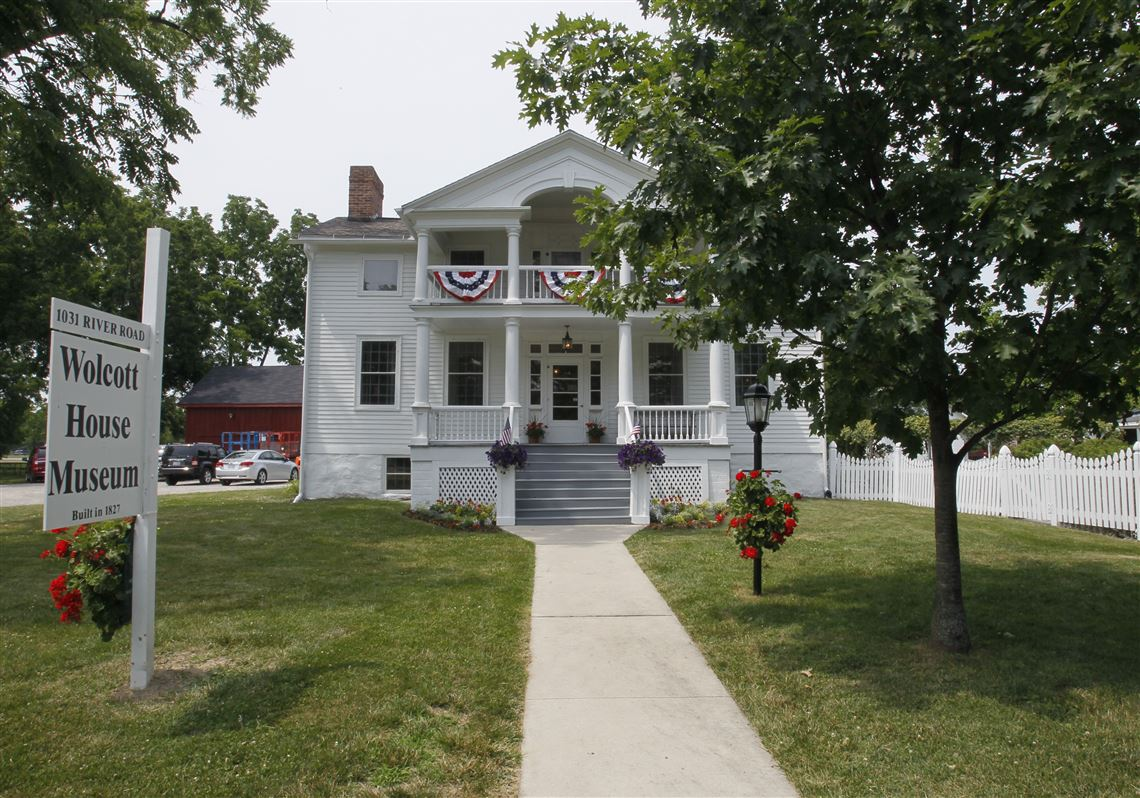
Name and Location: Wolcott House Museum Complex, 1031 River Road, Maumee, OH
History and Significance: The 1845 Wolcott House pioneers home depicts daily life in the 19th century Maumee Valley through restored rooms and furnishings.
Collections and Exhibits: Costumed guided tours of the furnished Wolcott House, smokehouse, barns, and cabins. Surrounding property has heritage gardens, animals, trails, and picnic areas.
Visitor Information: Open March-December. Modest admission fee. Seasonal special events and workshops held.
Built in 1845, the Wolcott House Museum Complex provides an immersive glimpse into mid-19th century life in Maumee Valley. This pioneer home built by early settler Micajah Wolcott became a prosperous farm before being acquired by the historical society. Costumed docents lead tours through the preserved rooms of the Wolcott house, barn, smokehouse, and cabins.
Room settings, decorative arts, and household tools portray what daily life was like for early American homesteaders and farmers. The surrounding property of the Wolcott House Museum Complex also includes heritage gardens, farm animals, nature trails, and picnic areas. Special events like antique fairs, hearth cooking workshops, and seasonal festivities are held throughout the year as well. Visitors can step back in time when they explore this authentically restored historic homestead.
Birmingham Ethnographic Museum
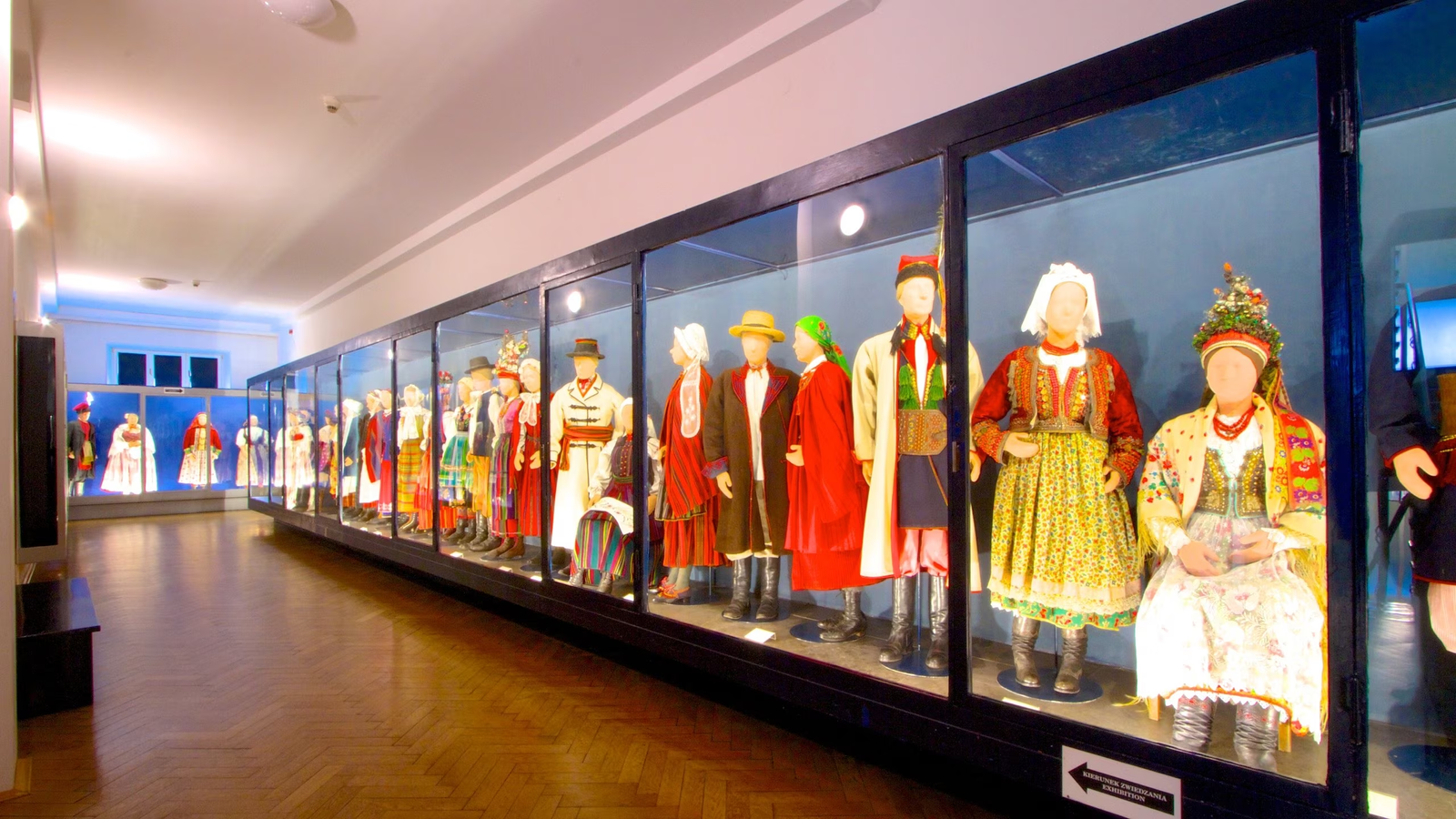
Name and Location: Birmingham Ethnographic Museum, University of Toledo campus, Toledo, OH
History and Significance: Founded in 1971, the museum has over 10,000 cultural artifacts from Africa, Asia, Oceania, and indigenous Americas.
Collections and Exhibits: Galleries display masks, textiles, jewelry, hunting tools, pottery, carvings, and handicrafts from traditional cultures worldwide. Rotating exhibits highlight certain traditions.
Visitor Information: Free admission. Open Tuesday-Saturday. Guided group tours available by request.
Located on the University of Toledo campus, the Birmingham Ethnographic Museum showcases cultural artifacts from Africa, Asia, Oceania, and the indigenous Americas. Founded in 1971, the museum holds a collection of over 10,000 objects. Extensive galleries display ceremonial masks, jewelry, textiles, pottery, hunting tools, and other traditional handicrafts.
Some highlights include wooden carvings and stools from Papua New Guinea, woven mats from Micronesia, Inuit fur clothing, and ritual artifacts from tribes across Africa. Rotating exhibits look in-depth at certain cultural traditions and artisanal practices from around the world. Through its diverse artifacts, the Birmingham Ethnographic Museum provides insight into the beliefs, aesthetics, and daily lives of many global cultures.
Toledo Polish Genealogical Society Museum
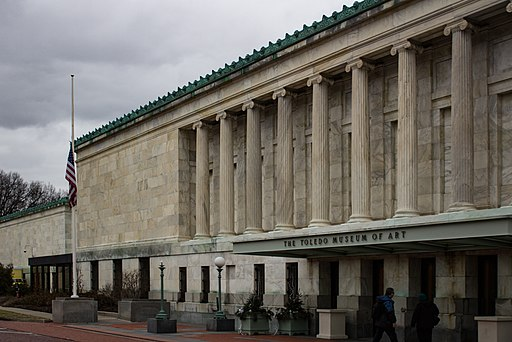
Name and Location: Toledo Polish Genealogical Society Museum, St. Hedwig Parish, 545 Merritt St, Toledo, OH
History and Significance: Traces the history and cultural contributions of Polish immigrants and their descendants in Toledo starting in the late 1800s.
Collections and Exhibits: Displays folk costumes, religious artifacts, family histories, parish records, recordings, and research materials about Toledo Polonia.
Visitor Information: Free admission. Open second Sunday monthly. Group tours by appointment.
Located within the Polish Mission of St. Hedwig, the Toledo Polish Genealogical Society Museum traces the history of Toledo’s thriving Polish community. Permanent exhibits look at the waves of Polish immigration to America, including to Toledo starting in the late 1800s. Displays portray the community’s religious and cultural institutions, businesses, music, media, social activities, and family histories.
Visitors can view artistic and devotional artifacts from Polish churches in Toledo, folk costumes, Polish music recordings, local parish records, and genealogical research tools. Temporary gallery spaces highlight topics like famous Polish Americans and connections between Poland and Toledo. For those wanting to discover Polish heritage in Toledo, this intimate museum is an excellent resource. Guided group tours are available with advance request.
Rutherford B. Hayes Presidential Library & Museums
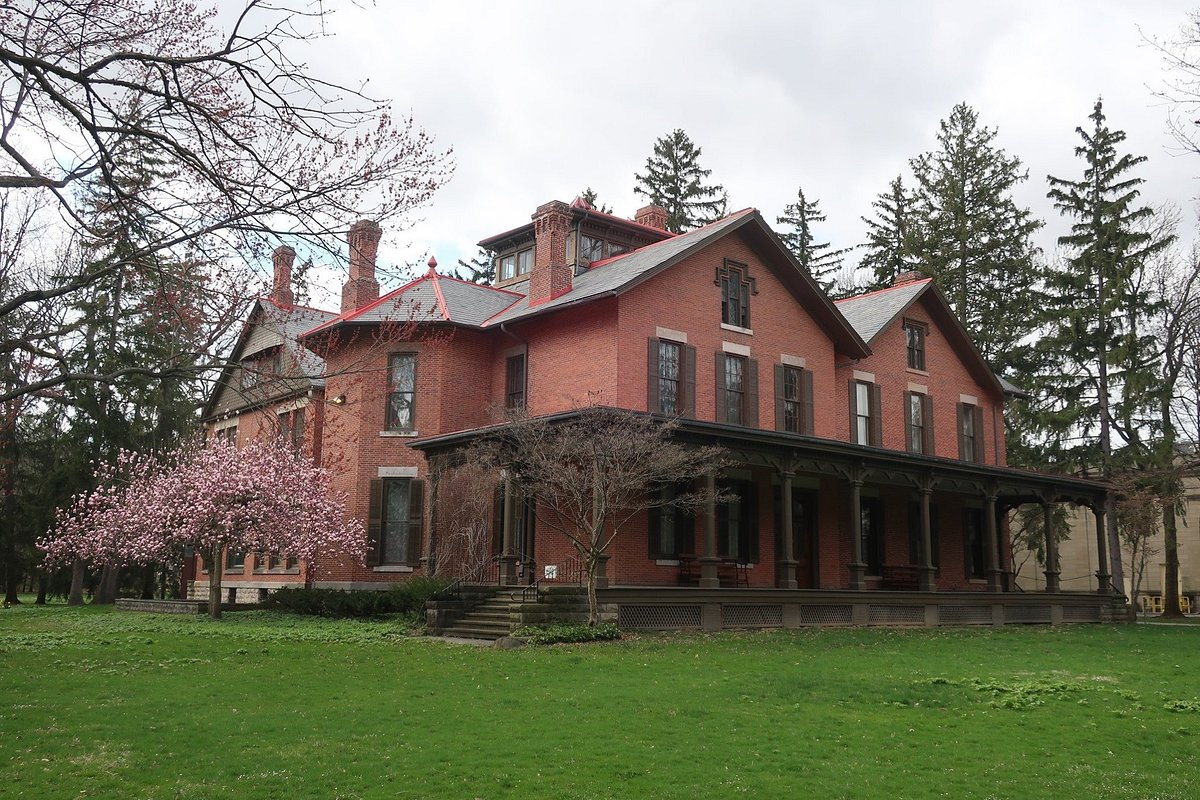
Name and Location: Rutherford B. Hayes Presidential Library & Museums, Spiegel Grove, Fremont, OH
History and Significance: The library holds Hayes’ extensive diaries and personal collections. The museum depicts his life before, during, and after his 1877-1881 presidency.
Collections and Exhibits: Features White House artifacts, political memorabilia, furnishings, and Civil War items. Hayes Home tours offered. 25-minute film overview.
Visitor Information: Open daily except major holidays. Admission fee. Guided mansion tours available for a fee.
Located in the hometown of 19th president Rutherford B. Hayes, this library and museum complex explores the life and legacy of the former Civil War general and statesman. The library holds an extensive collection of Hayes’ diaries, letters, photographs, scrapbooks, and personal library. Researchers can peruse digitized versions of these materials in the research room.
The museum features rotating exhibits about Hayes’ early life in Ohio, Civil War service, presidency from 1877-1881, advocacy for education, and more. Artifacts on display include White House objects, political memorabilia, furnishings from the Hayes family home, and Hayes’ Civil War saddle. Visitors can also tour the historic Hayes Home that has been restored to its Victorian grandeur with original family pieces. A 25-minute film provides an overview of Hayes’ principled and progressive presidency.
Imagination Station
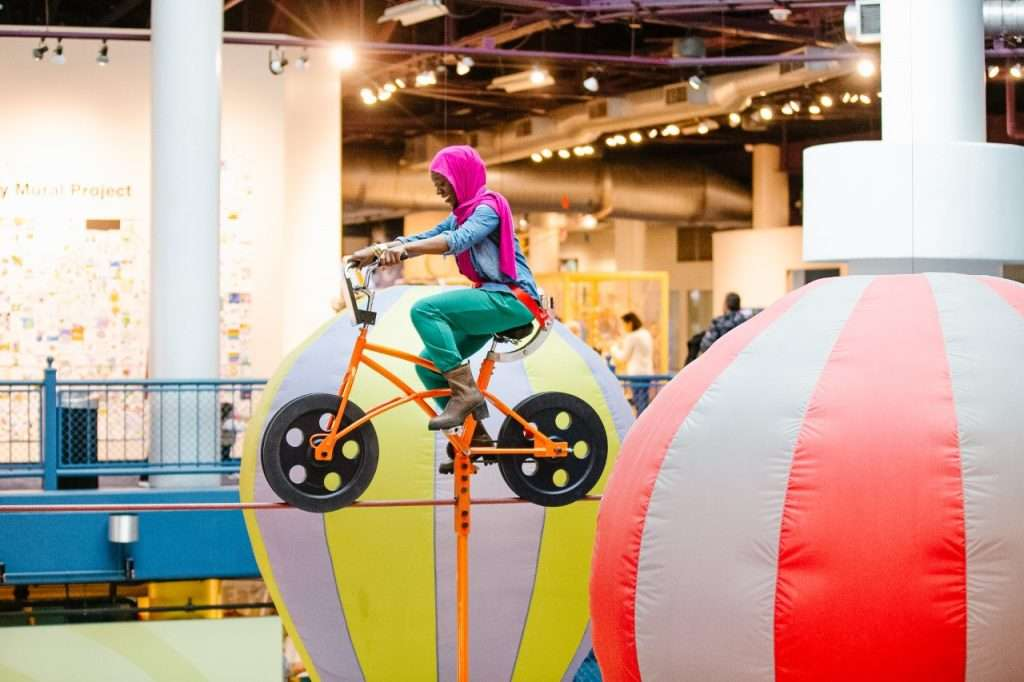
Name and Location: Imagination Station, 1 Discovery Way, Toledo, OH
History and Significance: Opened in 2009, Imagination Station provides over 300 hands-on STEM exhibits and activities for families and kids.
Collections and Exhibits: Exhibit highlights include wind tunnel, bubble area, Idea Lab, MedLab, high wire bike, esports, and wizarding science. Daily science shows and demos also offered.
Visitor Information: Open daily year-round. Admission fee. Traveling exhibits and kids’ classes offered.
With over 300 exhibits focusing on science, technology, engineering, and math, Imagination Station is an engaging hands-on museum for children and families. It strives to provide fun and interactive ways to develop innovation, problem-solving, and critical thinking skills. Kids can make giant bubbles in the Bubble Area, experiment with physics concepts like gravity and friction, explore space in the MedLab, and bring designs to life in the Idea Lab.
Other favorites include the wind tunnel, high wire bike, mindball game, and water table. Newer additions include an esports area and wizarding science room. Imagination Station also offers interesting science shows and demonstrations daily. Special traveling exhibits are hosted throughout the year as well. With so many inventive STEM-based activities to spark creativity, Imagination Station is a must-visit in Toledo for young minds.
Toledo Lucas County Public Library Local History Collection
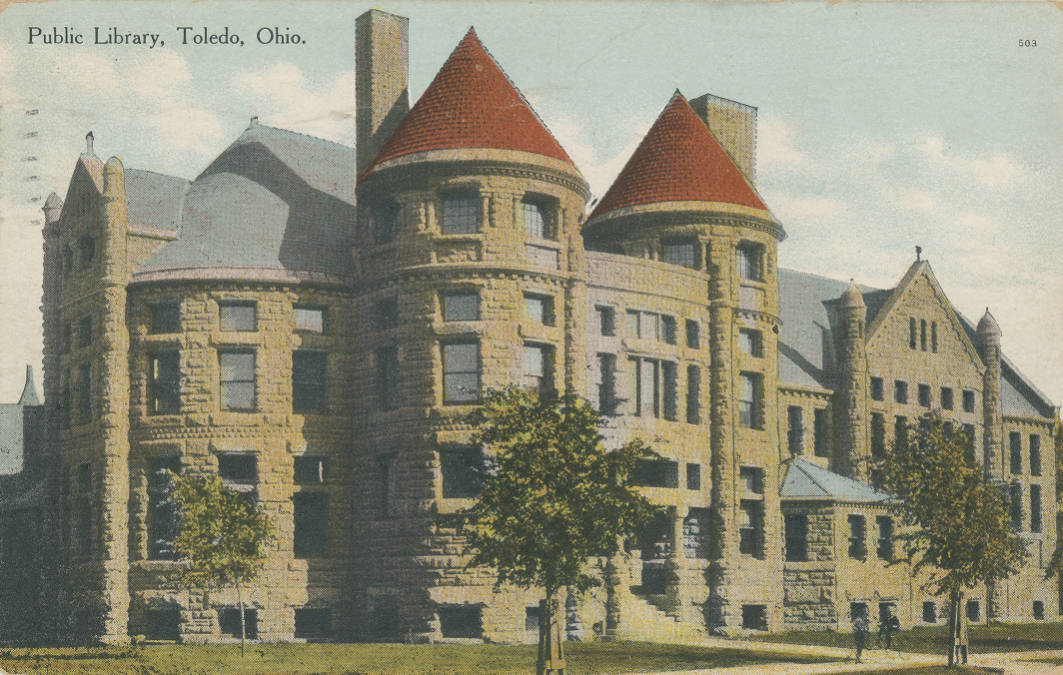
Name and Location: Toledo Lucas County Public Library, Main Library, 325 N Michigan St, Toledo, OH
History and Significance: Extensive archives with over 150,000 photos, manuscripts, books, newspapers, recordings, and other materials covering Toledo history.
Collections and Exhibits: Materials depict communities, industries, transportation, architecture, events, and family histories. Can be accessed by appointment.
Visitor Information: Free access. Research room open Tuesday-Saturday. Appointments required for archive access.
In addition to housing over 3 million books, the Toledo Lucas County Public Library system also maintains an extensive local history collection. Housed at the main downtown location, this special collection includes over 150,000 photographs, 3,000 manuscript collections, 5,000 rare books, and thousands of newspapers, maps, audiovisual recordings, and other materials documenting Toledo’s heritage.
Researchers and history buffs can set up appointments to access and peruse these archives for insights into the people, places, events, and industries that shaped Toledo. Some key collections cover the development of the Erie Canal system, the Toledo War boundary dispute, industries like Jeep manufacturing and glass production, local architecture and commercial development, and genealogical records. This local history archive brings Toledo’s past to vivid life.
Toledo Botanical Garden Glass Museum
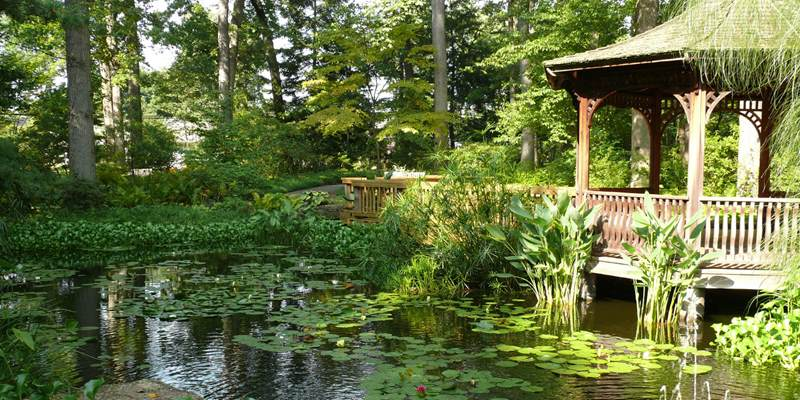
Name and Location: Toledo Botanical Garden Glass Museum, 5403 Elmer Drive, Toledo, OH
History and Significance: Showcases Toledo’s history as a center of glass production and artistry, with works by local glass companies.
Collections and Exhibits: Features glass pieces, informational displays on Toledo’s glass industry development, and live glassblowing demonstrations.
Visitor Information: Free with botanic garden admission. Open Tuesday-Sunday. Guided tours available.
Adjacent to the gorgeous Toledo Botanical Garden, the Glass Museum celebrates Toledo’s legacy as an international center for glass production. The small museum’s collection features glass pieces made in Toledo over the past century by well-known companies like Libbey Glass, Owens-Illinois, and Pilkington. Exhibit highlights include cut lead crystal, art glass vases, novelty pieces, and examples of finely crafted glasswork.
Informational displays trace the growth of Toledo’s glass industry from humble beginnings making window panes to an art form exhibited around the world. Visitors can also watch live glassblowing demonstrations by professional glass artists. The Glass Museum’s tranquil indoor conservatory, part of the botanic garden, provides a beautiful backdrop to admire the creative ways glass has been shaped and used over the years.
National Center for Nature Photography

Name and Location: National Center for Nature Photography, Secor Metropark, 10001 W Central Ave, Berkey, OH
History and Significance: Dedicated to fine art nature photography, the center displays rotating exhibitions from top photographers across the country.
Collections and Exhibits: Features stunning, professionally judged photographs of landscapes, wildlife, macro, and botanical subjects. Also offers classes and resources for nature photographers.
Visitor Information: Free admission. Open Tuesday-Saturday. Located within Secor Metropark.
Located within Secor Metropark, the National Center for Nature Photography is dedicated to the art of nature-based photography. The center features rotating exhibitions showcasing breathtaking nature images captured by amateur and professional photographers from across the country. Submissions are judged in categories like plants & flowers, wildlife, landscapes, and macro photography.
In addition to appreciating visually stunning photographs of natural scenery and wildlife, visitors can get a behind-the-scenes look at the various techniques, conditions, and equipment used by nature photographers in the field.
The center also provides classes,activities, and resources for aspiring photographers of all skill levels. Surrounded by the woodlands and wetlands of Secor Metropark, the National Center for Nature Photography is the perfect place to admire the intersection of art and the natural world.
Conclusion
From art and history to science and innovation, Toledo’s museums enlighten visitors on a vast array of topics. Along with massive collections like Toledo Museum of Art’s glass pieces, niche museums provide singular looks at subjects like firefighting and Polish genealogy.
Whether you want to glimpse into the past by touring a pioneer village or envision future technologies at Imagination Station, Toledo’s museums have something to engage every interest.

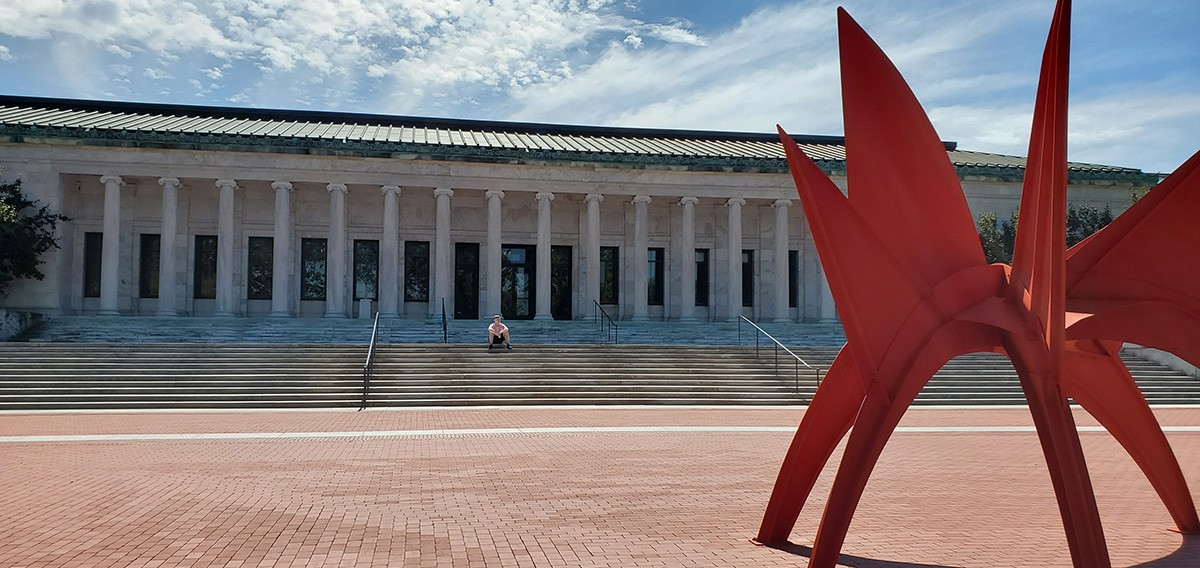
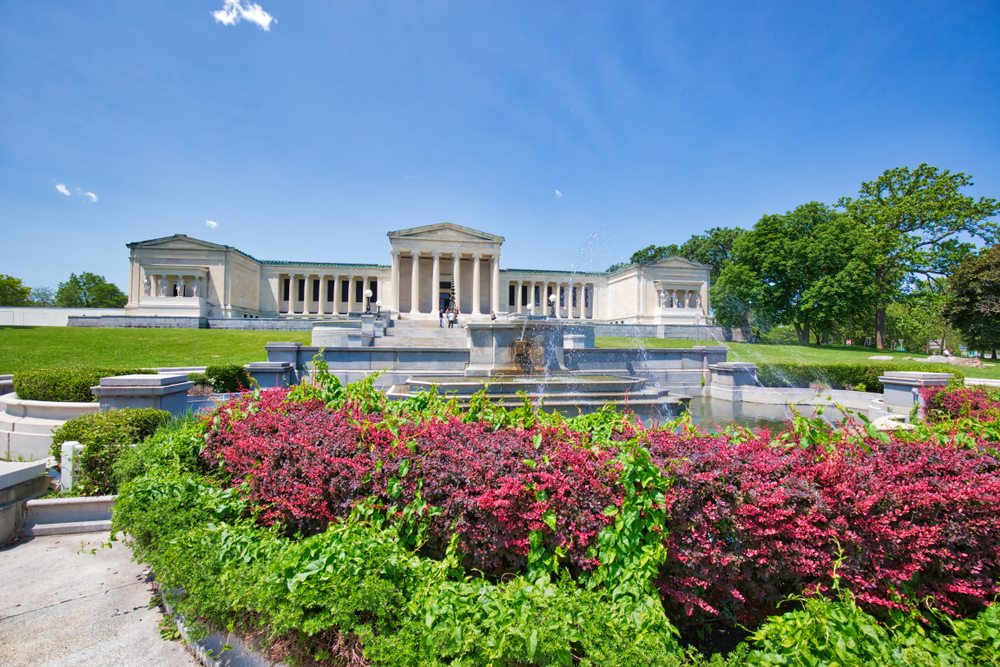

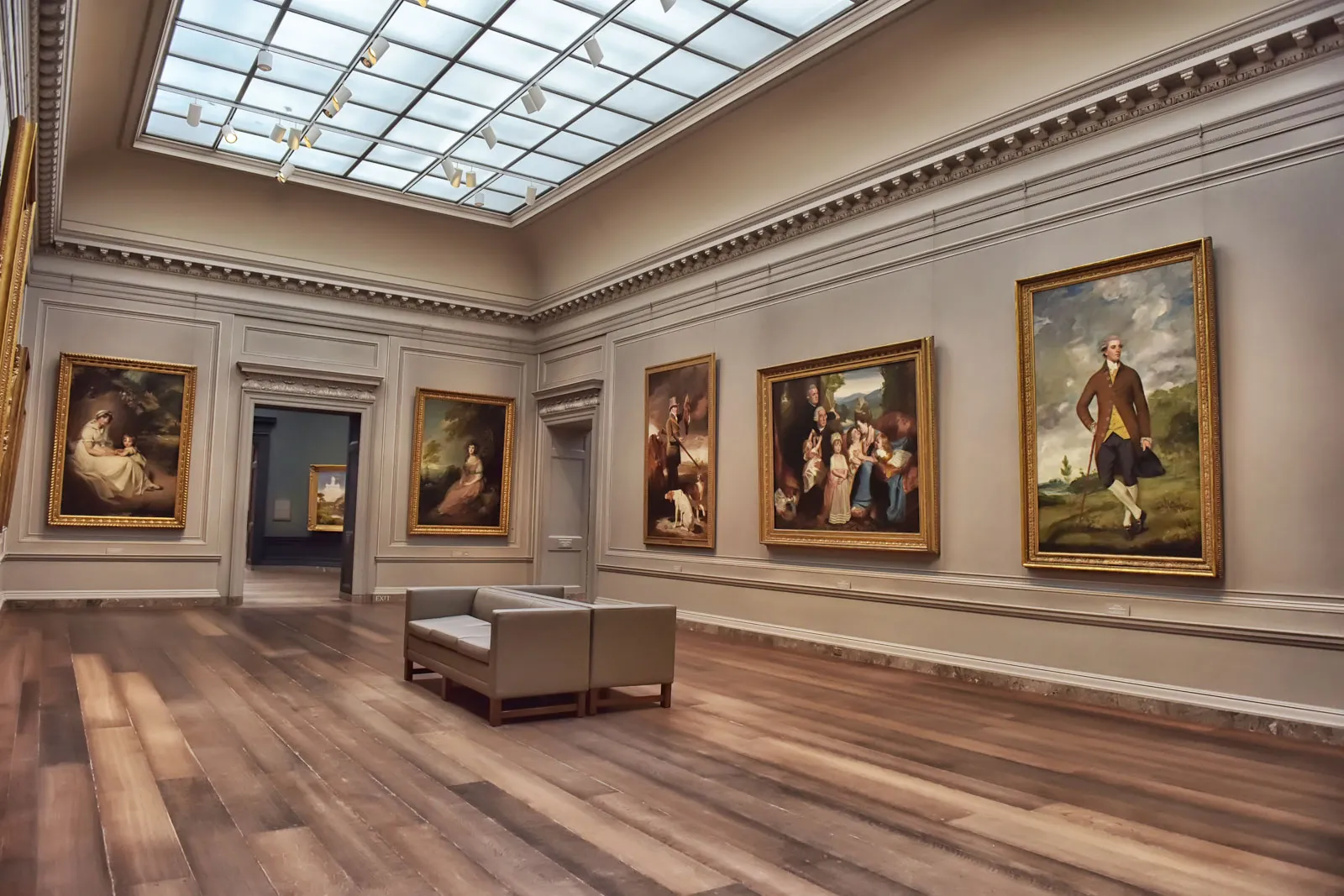
Join the Conversation